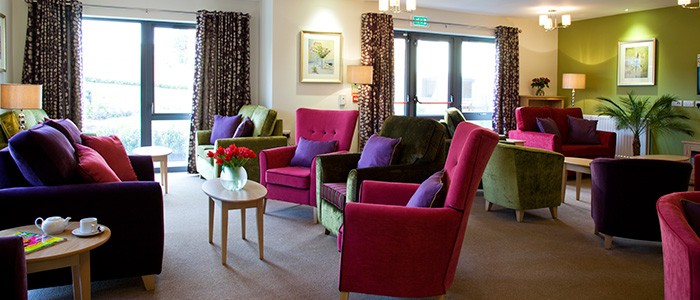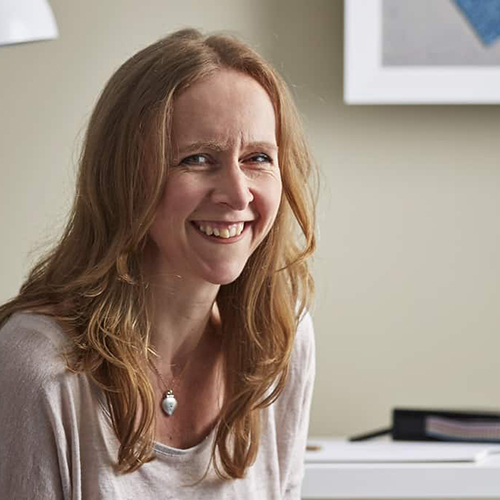Designing with sight loss in mind – lighting
Lighting can make or break an interior scheme whether it’s for someone with perfect vision or a person with a visual impairment. Poor lighting makes a room feel dated, unwelcoming and for a person with poor sight, extremely hard to comprehend. Since moving house a few years ago I had lived quite happily with some bland inherited lighting, knowing that it was on the refurb list! Losing the sight in my left eye in November changed all of that. Suddenly, improving our lighting at home to make the most of my functional sight became a priority. Lighting schemes for people with a visual impairment should maximise natural light, minimise glare and generate an even level of light which is easily adjustable, and this applies to both care homes and private residences. Good lighting will reduce the likelihood of falls and will support independent living. So what is “good lighting”?
Appropriate for the individual. The ability to carry out day-to-day tasks for someone with a visual impairment will vary depending on their eye condition. If lighting is designed to be flexibly controlled, it will enable them to tailor their environment to suit their needs.
Sufficient for tasks, orientation and movement. Lighting schemes should provide an even level of general light, free of shadows and dark corners, with appropriate task lighting.
Even across different areas with minimum glare. It’s important that light levels are consistent in a property so that the eyes do not have to adjust too much when moving between rooms. Glare can be extremely disorienting to a person with impaired sight but can be minimised by shading lamps and ensuring that the bulb is positioned out of normal view. Vertical blinds are a good way of controlling glare from sunlight.
Adjustable for flexibility. Lighting on different circuits, which is easily switched and dimmable, will cater for the varying needs of all people living in the home as well as those who come to visit. Fitting plenty of sockets in communal lounges in care homes will enable table and floor lamps to be moved around to suit the needs of those using the space.
Energy efficient and sustainable. Energy efficient lighting schemes can be achieved by making the most of the available natural light and using the appropriate lamps and luminaires for a space. Ease and cost of maintenance are an important factor here too. LED lighting requires more of an initial investment but the savings are most definitely made on the running and maintenance costs.
Simple to install, minimising disruption. Improvements to lighting do not necessarily necessitate a re-wire. As a starting point, it’s worth considering simple measures such as replacing lamps or adding task lighting. Changing the wall colour and the layout of the furniture could improve the lighting provision dramatically without the disturbance caused by major work.
Adaptable for the future. Well considered lighting choices which are future proofed as much as possible will pay dividends later. Innovations in lighting are constant so being able to update and adapt lighting easily is important.
This is the third in a series of blogs focusing on design for people with sight loss. The blogs are written by Jacqui Smith in conjunction with the publication of a new design guide for interior designers. Jacqui lost the sight in her left eye in 2012. ‘Homes and living spaces for people with sight loss – a guide for interior designers’, written by Jacqui Smith and Thomas Pocklington Trust was published in October 2014. The guide will be available in hard copy and online at www.pocklington-trust.org.uk


 As well as having written for regional magazines including
As well as having written for regional magazines including